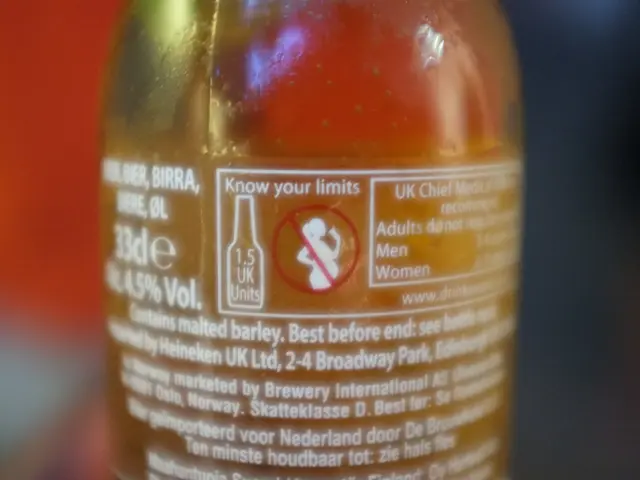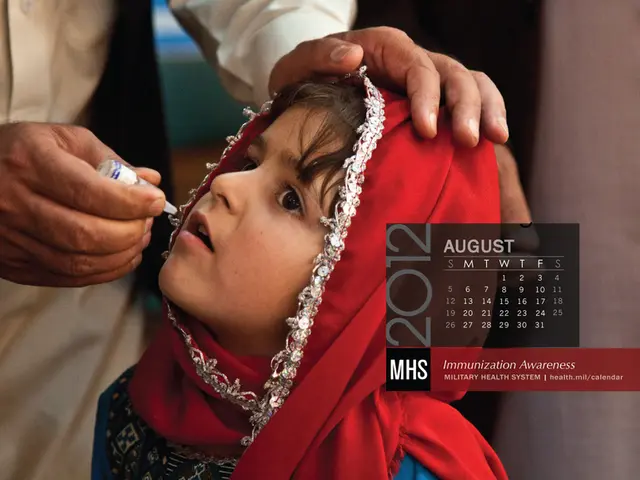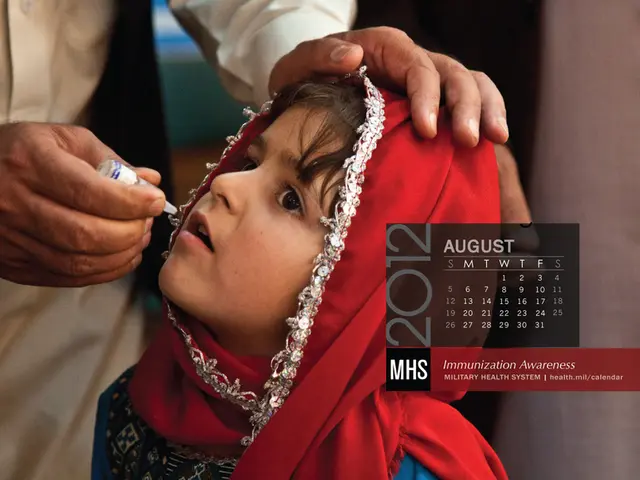Distinguishing age spots from skin cancer: Recognizing the key differences
Chatty Guide: Differentiating Age Spots from Skin Cancer
Hello there, friend! Today we're diving into the world of skin anomalies, discussing a common query about age spots and skin cancer. Let's demystify these, shall we?
Age Spots vs Skin Cancer - Understanding the Differences
Age spots, commonly known as liver spots or solar lentigines, are harmless dark patches that develop from excess melanin production to shield the skin from sun's UV radiation. These brownish or gray spots, usually found on sun-exposed skin like faces, hands, and arms, are typically present in middle-aged and older individuals (more on that in a bit).
On the other hand, skin cancer is a harmful condition that can be life-threatening if left untreated. Similar to age spots, it most commonly occurs on sun-exposed skin due to UV radiation damage. Skin cancer happens when skin cells get mutated, causing them to multiply and spread rapidly.
Key Differences
Unlike harmless age spots, skin cancer can exhibit alarming signs like asymmetry, varied edges, size and color changes over time, and multiple colors on a single spot. Symptoms of skin cancer may also include raised, red patches, pale or yellow patches, pain, itching, oozing, or bleeding. Additionally, actinic keratosis, a precancerous growth, bears some resemblance to age spots, so it's essential to stay vigilant.
Noticing the Signs - Spot the Differences
Here's a quick rundown of the differences in symptoms between age spots and skin cancer:
- Age Spots: Smooth, flat, defined with clear borders, yellow, brown, or gray, between a few millimeters to centimeters in size, usually appear on sun-exposed areas.
- Skin Cancer: Asymmetrical, irregular borders, changing size, color, or shape, multiple colors on the same spot, varied symptoms as mentioned above.
When to Seek a Professional’s Advice
Generally, make an appointment with a dermatologist or healthcare professional if you notice any skin changes that seem unusual, such as lesions that are larger than a quarter, or if there are signs of skin cancer or precancerous growths. Early detection can make treatment easier and improve health outcomes.
Diagnosis and Treatment
Age spots can be diagnosed through physical examination, whereas skin cancer often requires a biopsy for a definitive diagnosis. Treatment methods may vary, but they range from topical therapies for precancerous growths like actinic keratosis to surgical removal or chemotherapy/radiation for skin cancer.
So, that's our friendly guide to age spots versus skin cancer! Remember, it's always a good idea to consult a healthcare professional if you have any concerns about unusual skin changes. Happy learning, and stay sun-safe out there! 😊
[1] American Cancer Society. (2021). Signs of skin cancer. Retrieved from https://www.cancer.org/cancer/skin-cancer/understanding-skin-cancer/signs-of-skin-cancer.html[2] American Academy of Dermatology. (2022). Cancer of the skin: Melanoma. Retrieved from https://www.aad.org/public/diseases/skin-cancer/melanoma[3] Harvard Health Publishing. (2020). What are age spots? Retrieved from https://www.health.harvard.edu/diseases-and-conditions/what-are-age-spots[4] American Cancer Society. (2021). Skin cancer treatment types. Retrieved from https://www.cancer.org/treatment/understanding-your-diagnosis/types-of-treatment/treatment-types-for-skin-cancer.html[5] American Academy of Dermatology. (2022). Prevention and early detection. Retrieved from https://www.aad.org/public/diseases/skin-cancer/prevention-and-early-detection/index
- Seniors, especially those with a history of prolonged sun exposure, should be aware of both age spots and skin cancer, as both conditions are common in their age group.
- While age spots are harmless dark patches that develop due to excess melanin production, oncology specialists warn that skin cancer can be life-threatening and needs immediate medical attention if detected.
- Science reveals that skin cancer, like melanoma, which is one of the most dangerous forms of skin cancer, occurs when skin cells get mutated due to UV radiation damage, unlike age spots which are a result of sun's protective mechanism.
- Dermatology professionals stress the importance of regular check-ups for health-and-wellness, paying special attention to any changes in skin-care, such as the appearance of unusual skin-conditions that do not resemble typical age spots.
- Medical-conditions like skin cancer, skin-conditions, and precancerous growths require expert diagnosis and treatment, often involving biopsies, surgical removal, or chemotherapy/radiation therapy, as opposed to age spots which can be managed through topical therapies in some cases.








